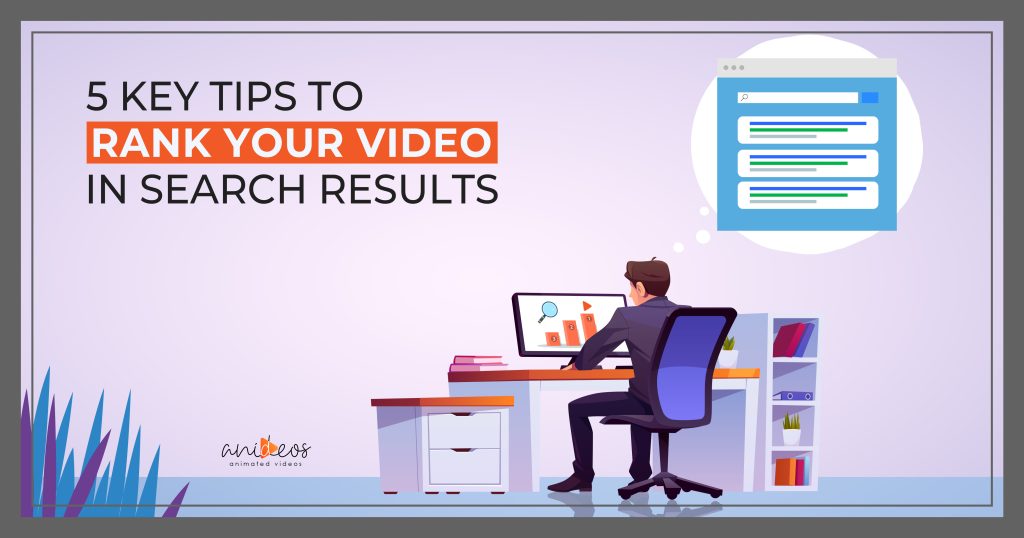In this blog post, I will guide you through effective video SEO tips to rank your YouTube videos higher in search results. Both YouTube and Google employ similar fundamental algorithms to enhance user experience, and they have now integrated YouTube video search results with Google search results, making the search process more streamlined. By following these straightforward SEO tips, you can drive more traffic to your YouTube videos and improve their visibility in search results.
1. Identify and target your audience
To begin, identify your target audience. Determine which is the best platform for them to discover your video. Are they active on Facebook or YouTube? Or are they more likely to search videos on TikTok or Instagram?
Looking at the demographics of the people on each network and seeing how engaged your audience is on that platform is a wonderful way to start.
After that, narrow down your target to a few social media networks. Posting your video on a video-sharing platform like YouTube brings the best results.
2. Research keywords and optimize your SEO
After identifying your target audience, you need to know what are they searching for. What good is it to create videos, edit them to perfection, and upload them if no one would watch them?
To top the video search engine results, thorough keyword research is necessary. It can assist you in creating and optimizing titles, descriptions, and tags for your video content.
Use YouTube’s keyword tool to pick up to 10 tags based on popular keyword terms and searches. Also, use those keywords in your title, description, filename, and external links. Besides, it is recommended not to include irrelevant keywords as they can impact your ranking.
3. Create a catchy thumbnail and title
Even if your video appears on YouTube search results, it doesn’t mean that viewers will click on it. However, adding a catchy thumbnail image along with a relevant title makes sure they do.
When browsing, thumbnails and titles are the first things that viewers notice. They can significantly boost the number of people who watch your video. After you’ve uploaded your video to YouTube, go to “Edit” and choose one to three thumbnails that will entice viewers to click on it.
Customize your thumbnail with a strong image that conveys key information about your video. Try doing something different than the rest.
4. Use keywords in your video title
Understanding the search intent of your audience is the first step. We know that the most common types of search intent include informational, commercial, navigational, and transactional. So, matching what your video is about with the intent of your customer is going to be really important for getting your video visible in search results.
You can manually add captions or use YouTube’s automated closed captioning option. However, YouTube’s auto-generated captions aren’t always accurate. So, it’s preferable to generate your video subtitles and upload them as SRT files.
5. Use video hashtags to drive YouTube search results
Utilizing video hashtags, also known as Vmail tags (#), can significantly boost your YouTube search results. Vmail tags have gained widespread popularity on various social media platforms, helping users discover pertinent content. By incorporating Vmail tags in your YouTube video descriptions and titles, you can enhance the likelihood of your video being found by viewers searching for specific tags. These tags play a vital role in driving search results, as they accentuate key trends and elevate the visibility of your content. Once a Vmail tag is added to the video description, it will appear above the video title and become hyperlinked, simplifying exploration for users.
The final words
A lot goes into video optimization, and the trick is that there’s no one-size-fits-all solution. It’s possible that what works for someone else won’t work for you. Start by putting these tips in practice to get your video in search results.
We hope that these tips will help you in ranking your videos above all others!











